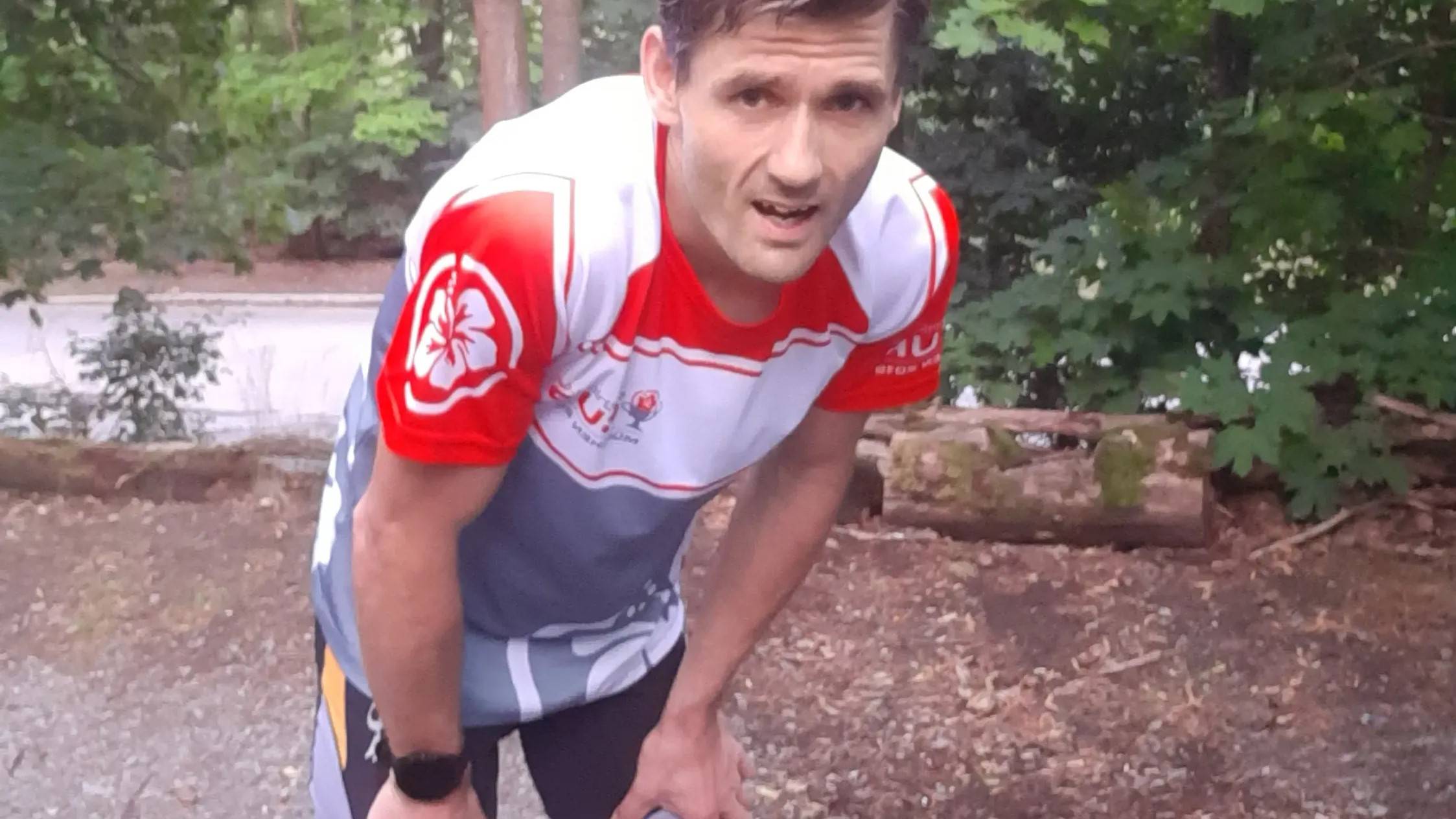The training is on! Pretty good even. I was able to increase the volume to about 70 kilometers per week in the last two weeks. In doing so, I follow my plan that the units are geared towards developing the threshold speed on the one hand and long-term endurance on the other. But I can feel: now is the time when it no longer runs "by itself" with every unit, when the initial euphoria slowly gives way to everyday training, when increasing fatigue sets in due to the increased stress and sometimes you just kick your own butt must kick. In short: the fight against yourself. I love it! Challenge accepted!
My training ground: I do most of the running units in Berlin's Grunewald.
I'm right on schedule so far. The weekly kilometers are currently divided into four running units, I have now extended the "longer" runs to 25 kilometers, and the trend is increasing. On the other hand, I mainly focus on interval and speed change runs in the intended training areas. In the coming week I'll go up to five units before I start a relief week. In addition to the pure planning of the individual running training sessions, I am now thinking more and more about the ability to regenerate. With increasing volumes, the recovery phases between the units become shorter and shorter and it is now becoming more and more important to follow up the training units better in order to get the body fit again for the next fast unit.
Train-Eat-Sleep
As is so often the case, the body does all the work first, but then reports when it becomes too stressful for it. But now it's time to interpret these signals. This signal is pretty simple: if you wake up at night with a calf cramp, you know - you drank too little, stretch more! I have significantly extended the initially short stretching programs after running (pun intended) and now spend three extra units per week just on the mat (30-60 min) to loosen up hip flexors, calves & Co. again. In addition, a torture device called Blackroll is also popular. I consider this "muscular follow-up" to be extremely important and a key aspect of regeneration. Not only to avoid cramps, but for an overall better ability to recover (avoiding a constantly high muscle tone, improved blood circulation, oxygen supply, removal of metabolic products). The next day, the legs are felt to be significantly looser than the "tight lumps" from the day before.
Nevertheless, I notice that I hardly go into the next training session completely fresh, since the stress has already increased over several weeks. The most important tools for recovery are food and sleep. Well, like in the training camp - only that there is a bit of "work and everyday life" in between . But that's normal, you have to make arrangements. After all, running is a privileged hobby these days, I don't want to complain. At the moment I don't follow any specific diet or nutritional formula, I eat more or less everything that the fridge has to offer, but I still consciously eat a variety of foods. I don't give up small treats (yet) - my conscience can still come to terms with them. During my last marathon preparation in 2009, I went on a saltin diet two weeks before the competition. This is an extreme form of carbo-loading, in which the stores are emptied for a week with almost carbohydrate-free food with moderate training, and then a few days before the competition with carbohydrates and thereby achieve a significant increase in stores. There are pros and cons to the Saltin diet in exercise and nutrition science, but it worked well for me last time - I felt like I could run at a high level for longer in the race. At the moment I'm tending to do it again this time in the immediate preparation. But there are still many, many kilometers to go until then... Well, I have to go - see you next time.





















1 comment
JCB
Liest sich sehr spannend und enthält wichtige Tipps für andere Läufer – super!